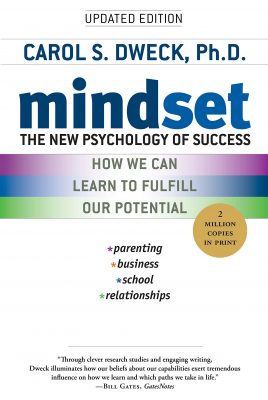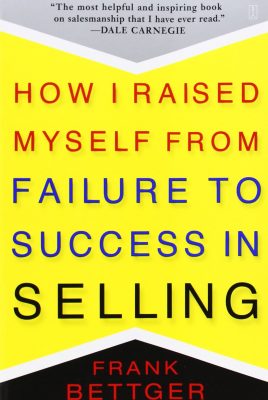Note: This post contains affiliate links which means if you click on a link and purchase an item, we will receive an affiliate commission at no extra cost to you.
 Ready to learn the most important takeaways from The Lean Startup in less than two minutes? Keep reading!
Ready to learn the most important takeaways from The Lean Startup in less than two minutes? Keep reading!
Why This Book Matters:
The Lean Startup busts several big myths about how a startup should be managed at the beginning and then maps out exactly what startup founders should focus on to make their venture a success.
Steps For Staying Lean And Experiencing Continued Growth
- Startups must be flexible to be successful
- Startups don’t have a past to draw from, so traditional management practices of creating a plan and setting specific milestones aren’t always effective.
- Example: A new web-based watchmaker will not find success following the same management strategy as Timex, an established international brand.
- Startups should focus first and foremost on finding an appropriate business model
- Don’t get distracted by complex milestone plans, and instead stay focused on getting customers in the door and paying for your services.
- Example: Your core business model shouldn’t be selling kilt-making instructions unless you know there are people that want that and would pay for it.
- Use validated learning based on a scientific approach to finetune your business model
- Create a hypothesis about your product and customers and test it with real customers.
- Example: Zappos started with the hypothesis that people would buy shoes online and then tested the hypothesis.
- Before you invest, test with a minimum viable product (MVP)
- Many founders spend way too much time developing a product without testing it. Instead, create mock products, prototypes, or pictures to solicit potential customer feedback early on.
- Example: Dropbox created a video promoting their idea before actually developing it.
- Build, measure, learn (BML), then rinse and repeat
- The most important thing for a start-up is learning, which can only happen with real-world feedback that you can get by short cycles of building a product, measuring the customer response, and learning.
- Example: An online shoe company could start by building a fake shoe website to measure how many customers tried to buy products.
- Split-tests can help start-ups decide which features are valuable to customers and which are wasteful
- Implement valuable features that attract more customers and scrap wasteful features by testing the product with and without the feature.
- Example: A mail-order business sent half of its customers the old version of its catalog and sent the other half an updated version and compared the results of the two.
- Start-ups will probably have to pivot at some point to find the right business model
- An iron-fisted grip on an original business model can turn start-ups into zombies. Successful start-ups will often have to pivot from original assumptions.
- Example: A pivot could mean changing your core value, targeting a different market, or focusing on a different sales channel.
- Focus on one engine of growth at first
- The three growth engines:
- the sticky engine: keeping current customers and getting them to buy more
- the viral engine: marketing through existing customers
- the paid engine: investing in marketing
- The three growth engines:
- Ignore vanity metrics and focus on the right metrics
- Identify metrics that actually measure the success of your business model rather than vanity metrics.
- Example: Facebook likes and hours per week you’ve put into your business are vanity metrics; look at your customer base and bottom line trend instead.









Leave a Reply
View Comments